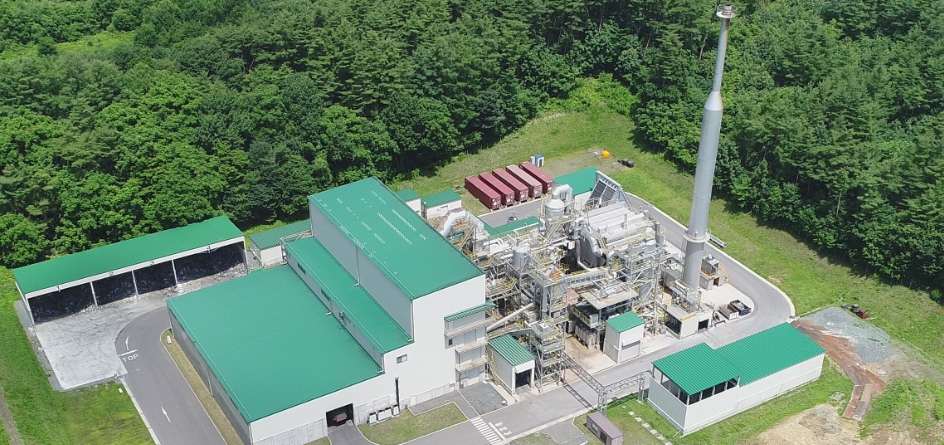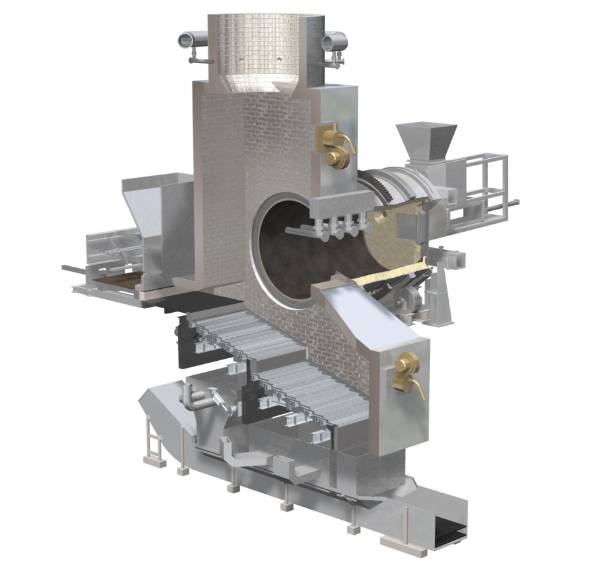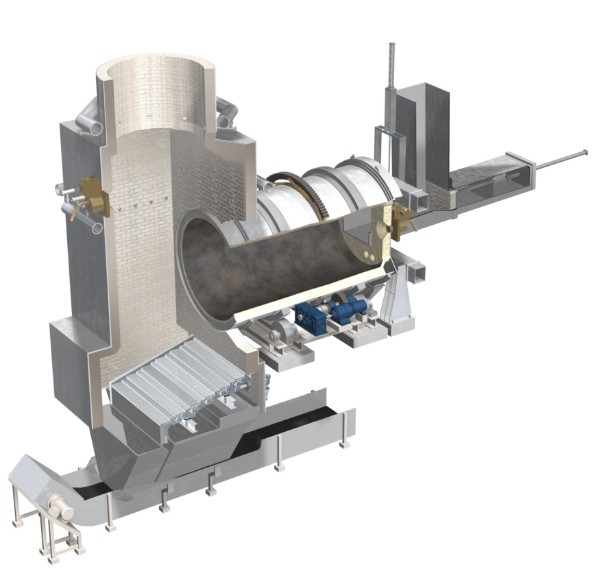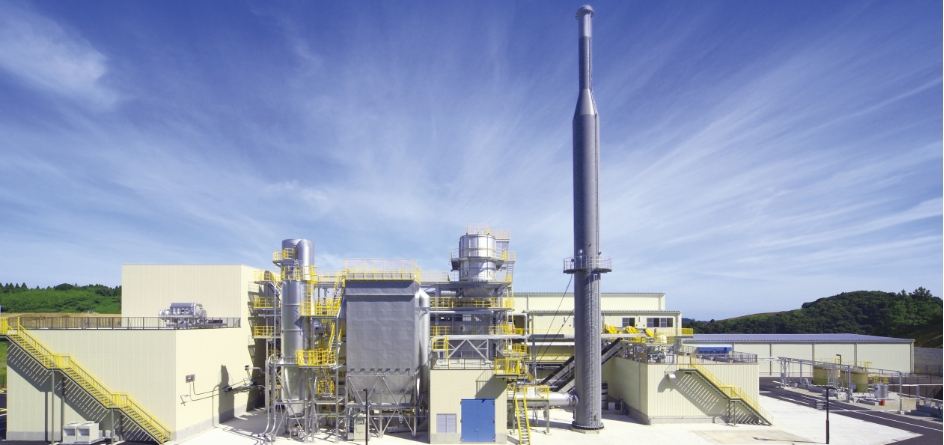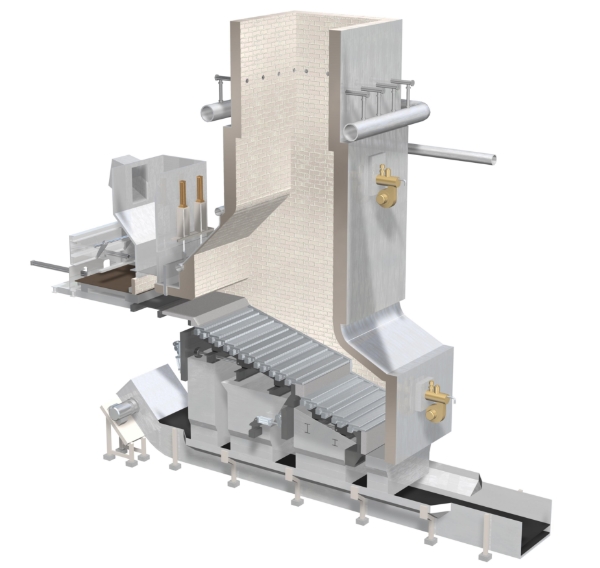1
Stable combustion of a wide range of wastes
Thanks to a design that takes into account incineration of high-calorie wastes and bottom ash, our step grate stoker furnaces can incinerate a wide range of wastes and allow not only wood and paper waste but also mixed combustion along with waste plastic or dedicated combustion of paper sludge.
2
Reduction in unburned material fall-through
Air is injected through vertical gaps in the fire grate to reduce the amount of unburned material that falls through. These systems can also accommodate plastic that melts as it burns and powdered dried sludge.
3
High durability and prevention of blockages
These systems incorporate large intakes and outlets and can eject waste even when it’s mixed with foreign material such as metal. Long-term operation and lower maintenance costs are realized due to high durability.
4
High-temperature combustion
Our step grate stoker furnaces use fire grates made of heat-resistant cast steel to enable high-temperature combustion, helping reduce unburned ash. In addition, by adopting a water-cooled stoker of which grates' durability is even higher, replacement frequency can be significantly reduced .
5
Low-NOx operation and clinker prevention
Flue gas can be recirculated. Controlled combustion allows low-NOx operation while preventing clinker formation on side walls.

